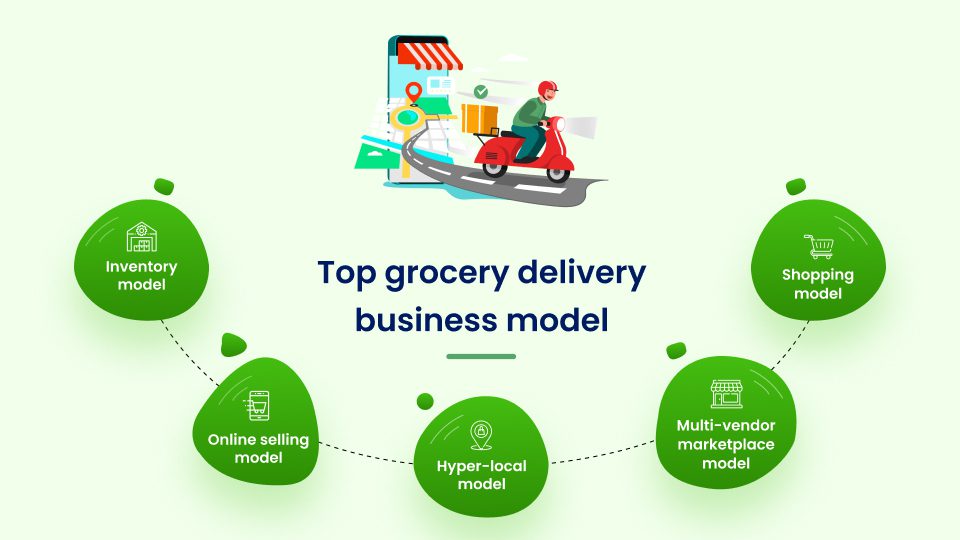
The grocery delivery business has evolved with various business models, each catering to different market segments and customer needs. Here are some of the top grocery delivery business models:
Online Grocery Stores (Pure-Play Model):
Marketplace or Aggregator Model:
Grocery Subscription Box Model:
On-Demand Grocery Delivery Model:
Local Farmer’s Market Model:
Grocery Delivery Apps for Retailers:
Community Buying Groups (Co-Op Model):
White-Label Grocery Delivery Platforms:
Specialized Grocery Delivery Models:
Meal Kit Delivery Services:
B2B Grocery Delivery Model:
Global/International Grocery Delivery:
Crowdsourced Delivery Model:
Virtual Supermarkets:
Best solution for your it startup business consecteturadipiscing elit.